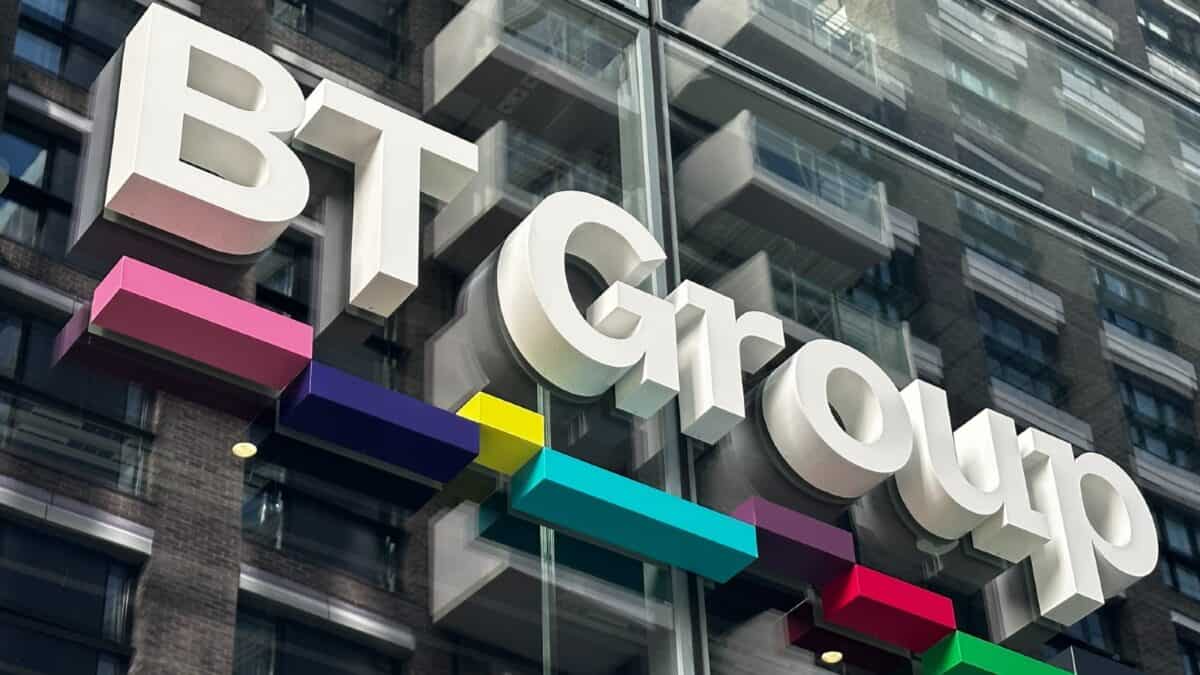BT (LSE:BT.A) shares have outperformed the FTSE 100 in recent months, surging to nearly 150p per share from a little over 100p.
This has, however, meant a falling dividend yield. Investing today, I’d receive 5.5% per year, down from over 7% if I had invested in early May.
Looking forward, analysts expect dividend payments to rise, but not by much. Let’s take a closer look.
| 2025 | 2026 | 2027 | |
| Dividend payment | 8.17p | 8.34p | 8.25p |
| EPS | 14.1p | 15p | 14.8p |
| Dividend yield | 5.51% | 5.63% | 5.57% |
The above chart uses the consensus estimates of all the analysts covering the stock. As such, the downturn in expected dividends in 2027 may reflect the fact that the most bullish analysts haven’t issued a forecast for that year.
Nonetheless, the broad consensus is that dividends won’t increase rapidly over the medium term. That’s certainly something worth bearing in mind.
By comparison, investors could buy Lloyds stock today with a forward yield of 5.5%. However, forecasts suggest the yield will be 6.9% based on increased dividend payments by 2027.
A favourite among analysts
BT is actually one of the most undervalued stocks on the FTSE 100, according to the 17 analysts covering the stock. The average share price target is 197.4p, inferring that the stock is undervalued by 33.3%.
However, it’s not an easy company to value because it’s going through something of a transition. The rollout of Fibre to the Premises (FTTP) has raised costs by billions of pounds. However, the company has now passed the peak in its spending on this, so should now become much more profitable.
Exactly how profitable is debated. The highest share price target for BT is 290p, while the lowest is 110p. It’s quite unusual to see such a huge variance between the highest and lowest targets.
Still worth an investing in?
I said I was going to invest in BT stock in May but before I had time to act (I went away for a week), the stock had surged 25%.
The issue I see now is the margin for safety has become a lot smaller. When I covered the stock in early May, it was trading around 80% below its share price target.
Coupled with a dividend yield of 7%, the stock seemed like a slam dunk buy for my portfolio.
However, BT is now up 45% since May. And as alluded to, the dividend yield is smaller, and the discount — albeit one generated by analysts, who can get it wrong — is a lot smaller.
So, what should I do?
Well, I’m simply keeping a close eye on the stock. Management has promised £3bn of savings every year through to the end of the decade, and I want to see whether that’s realistic.
I also want to see further evidence that debt is under control — net debt has surged to around £20bn — and that earnings are improving.








